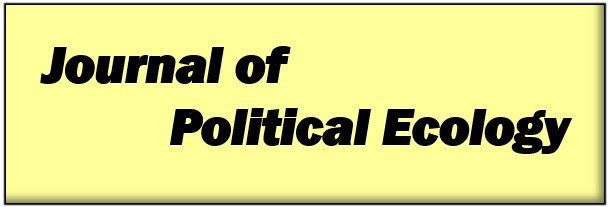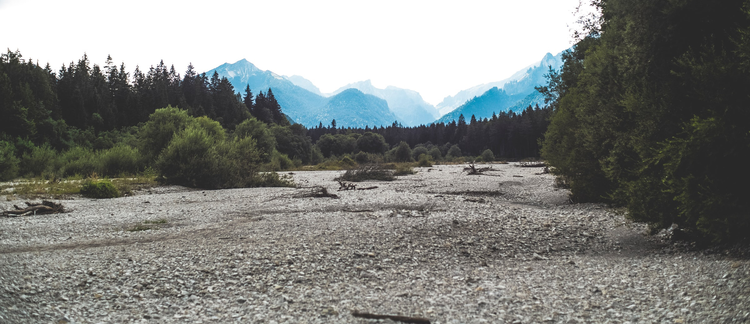Abstract
The publication of the Ecomodernist Manifesto in 2015 marked a high point for post-environmentalism, a set of ideas that reject limits and instead advocate urbanization, industrialization, agricultural intensification, and nuclear power to protect the environment. Where, how, and why did post-environmentalism come about? Might it influence developments in the future? We trace the origins of post-environmentalism to the mid-2000s in the San Francisco Bay Area and show how it emerged as a response to perceived failures of U.S. environmentalism. Through a discourse analysis of key texts produced by the primary actors of post-environmentalism, namely the Oakland, California-based Breakthrough Institute and its cofounders Ted Nordhaus and Michael Shellenberger, we show how the theory behind post-environmentalism mixes a deconstructionist trope familiar to political ecologists with a modernization core from liberal economics. We discuss the contradictions of post-environmentalist discourse and argue that despite its flaws, post-environmentalism can hold considerable sway because its politics align with powerful interests who benefit from arguing that accelerating capitalist modernization will save the environment. We conclude that political ecology has a much more nuanced take on the contradictions post-environmentalists stumble upon, disagreeing with those political ecologists who are choosing to ally with the agenda of the Manifesto.
Keywords: ecomodernism, ecological modernization, discourse analysis, environmental politics
How to Cite:
Kallis, G. & Bliss, S., (2019) “Post-environmentalism: origins and evolution of a strange idea”, Journal of Political Ecology 26(1), 466-485. doi: https://doi.org/10.2458/v26i1.23238
Downloads:
Download PDF
View PDF
14179 Views
2263 Downloads

